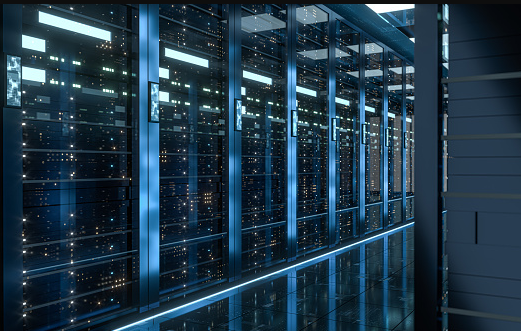Taking care of data center infrastructure can be a 24-hour task. Whether they are realistic expectations or not, your stakeholders are counting on 100% uptime. You feel more like a firefighter than a system administrator as a result of backups, security, resource use, and replacements. Making a plan can help relieve some of the pressure from your obligations.
Your IT success depends on recognising and implementing data centre issues and solutions for on-premises and cloud computing. You can prepare yourself to identify and resolve the following six typical data centre issues before they have an impact on your operations. We will first concentrate on the top six difficulties facing data centres, namely:
- Design Power Supply
- Failure in a Data Center
- Environmental Concerns
- Cabling
- Network Security Management
- Planning for infrastructure and capacity in data centres: Design issues
Physical space within a data centre is one of the main issues it faces. Poor planning for your data centre physical infrastructure can have substantial and long-lasting implications, whether it’s too little space, too much space, or excessive heat due to hardware proximity. See how to avoid the IT infrastructure capacity planning errors listed below!
- Breakdown of the Uninterruptible Power Supply (UPS) or the power grid
One of the most frequent sources of unanticipated outages is power outages, including the breakdown of purportedly uninterruptible power supplies. The main causes of these failures are often poor planning and a lack of investment in the essential UPS hardware.
- Environmental Concerns in Data Centers
For both operation and thermal management, data centres and the computers they house need power. Energy needs result from these power requirements. Where can we get this energy source since data centres consume a lot of energy?
One choice is to put a data centre close to a cheap energy supply. In terms of the climate, renewable energy is the logical long-term option. For instance, even though nuclear electricity may be less expensive in the short term than hydropower, a data centre situated close to a river with high hydropower production may be preferable to one situated close to a nuclear power plant. Plans for data centres should take the environment’s long-term effects into account.
- Data Center Networking and Cabling Issues
The networking of data centres may face two difficulties. How much data may be transmitted over a connection? Better network speed is the result of more bandwidth.
The measurement of how long it takes for data to reach to its destination, or latency, is the other side of the coin. Data delay is known as latency, and at a macro level, latency is a function of the distance that data must travel.
- Security Concerns in Data Centers
Data centre security difficulties range from physical security to access-related problems, such Denial of Service (DoS). There are other data-related problems, such as the theft of private information, data alteration, or outright data loss. According to a recent study by IBM on data breaches, hostile assaults are to blame for more than half (52%) of data breaches, with the fundamental causes being as follows:
- Compromised Documents
- Misconfigured Phishing Cloud
- Third-party Software Vulnerability
- Physical Security Breach
- Problems with Data Center Management
A data center’s management is difficult. Identifying and removing risk from data centre operations is of the utmost importance in order to achieve high availability for customers and high dependability for important systems. Using a methodical approach to data centre infrastructure management is a crucial strategy for resolving data centre management difficulties (DCIM).
Network Monitoring and Reporting in Real Time
Monitoring and measuring network activities appropriately is one of DCIM’s key components. As previously mentioned, there are several issues with data centre networking and cabling that need to be resolved, from the bandwidth connecting crucial systems to the networking’s latency. In order to ensure that thorough reporting and analysis can be done to identify and address any possible bottlenecks, DCIM needs a real-time view of the network.
Monitoring on the client and operation sides can provide whole distinct difficulties. Although it’s possible to run into client problems outside of your data centre, DCIM tools may not always be able to point you in the right direction. Customers can use network monitoring software to get a fuller picture of their entire network.

